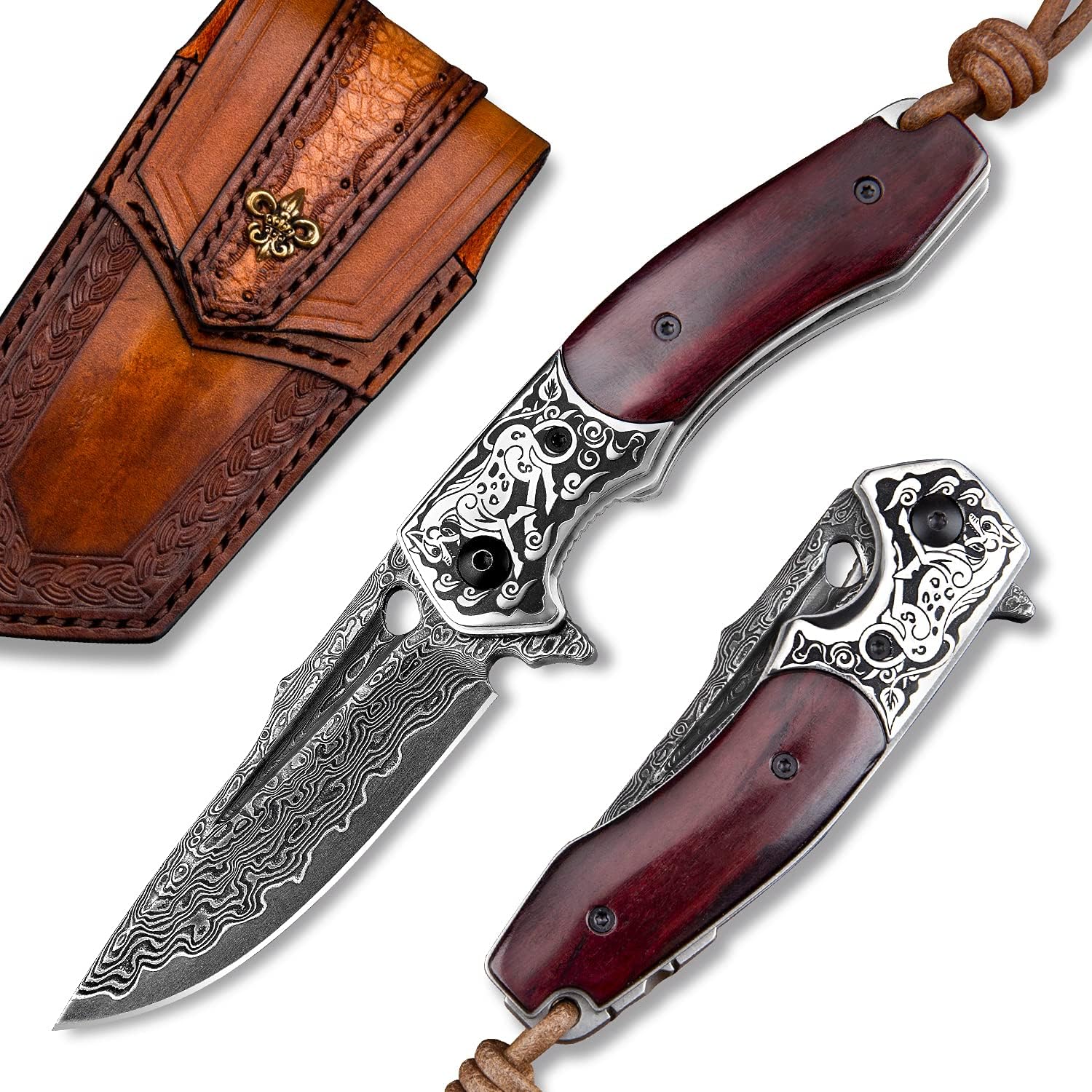India is a land rich in history, tradition, and craftsmanship, and one of the most fascinating aspects of its cultural heritage is its knife-making tradition. The art of Indian knives craftsmanship is a blend of utility, artistry, and cultural significance, reflecting the diverse regions, communities, and practices across the subcontinent. From the intricate designs of ceremonial knives to the functional blades used in daily life, Indian knives embody a unique narrative that goes beyond mere tools.
Historical Context of Knife Making in India

The history of knife making in India dates back thousands of years, with references found in ancient texts and archaeological findings. Knives, known as “churi,” “dao,” or “karda,” have been utilized for various purposes, including cooking, agriculture, and warfare. The craftsmanship can be traced through several periods:
- Indus Valley Civilization (3300–1300 BCE): Archaeologists have discovered metal tools, including knives, which indicate advanced metallurgy and craftsmanship during this era.
- Mughal Era (1526–1857): This period saw the fusion of Persian and Indian styles, leading to the creation of ornate blades with intricate designs and inlays.
- Colonial Period (1858–1947): The introduction of Western technology and manufacturing techniques influenced traditional knife-making methods, leading to both challenges and adaptations.
Types of Indian Knives and Their Uses

Indian knives are not just tools; they are a reflection of the diverse cultural and regional practices. Here are some notable types:
- Khukuri: Originating from the Gurkha community, this curved knife is renowned for its effectiveness in combat and daily use. It has become a symbol of bravery and loyalty.
- Salwar: Common in the Punjab region, this knife is often used in agricultural practices. Its design varies significantly, with some featuring ornate handles.
- Chakmak: A traditional fire-starting tool, it is often paired with a larger blade like the “dao.” Chakmak knives symbolize survival and resourcefulness.
- Kirpan: A ceremonial dagger carried by Sikhs, the kirpan is a representation of faith and social responsibility, emphasizing the importance of justice and protection.
Craftsmanship Techniques and Materials

The craftsmanship of Indian knives varies by region, influenced by local traditions, available materials, and techniques. Key aspects include:
- Forging: Traditional blacksmithing techniques are used to shape the blades, often involving hand-hammering and heat treatment to achieve desired hardness.
- Inlay Work: Many Indian knives feature intricate inlay work using brass, silver, or gold, showcasing the artisan’s skill and attention to detail.
- Handles: Handles are crafted from a variety of materials including wood, bone, and horn, often adorned with carvings or engravings that reflect local culture.
- Finishing: Polishing and etching techniques are applied to create a smooth finish and decorative patterns, enhancing both aesthetics and functionality.
Cultural Significance and Symbolism
![[100 Sets] Disposable Plastic Dinnerware White Party](https://images-na.ssl-images-amazon.com/images/I/81su%2BrbDS4L._AC_SL1500_.jpg)
Knives in India are imbued with cultural significance. They serve as symbols of power, protection, and identity. Some of the roles they play include:
- Ritualistic Use: In many communities, knives are used in rituals and ceremonies, symbolizing strength and courage.
- Heritage and Identity: Traditional knives often represent the identity of a community or region, with distinct styles and designs that showcase local heritage.
- Gift and Inheritance: Knives are often passed down through generations as family heirlooms, signifying trust and continuity of tradition.
Modern Challenges and the Future of Knife Craftsmanship

Despite the rich heritage of knife-making, Indian craftsmen face several challenges today:
- Globalization: The influx of mass-produced knives has affected the market for handcrafted items, making it difficult for artisans to compete.
- Loss of Skills: As younger generations migrate to urban areas for better opportunities, traditional skills are at risk of being lost.
- Sustainability: The availability of raw materials is declining, prompting the need for sustainable practices in sourcing and production.
However, there are efforts to revive and promote this traditional art form:
- Government Initiatives: Various schemes have been introduced to support artisans, including financial assistance and skill development programs.
- Craft Exhibitions: Events showcasing traditional craftsmanship are held to raise awareness and appreciation for handcrafted knives.
- Online Platforms: E-commerce platforms are helping artisans reach a wider audience, allowing them to market their products globally.
Case Studies: Successful Artisans and Their Impact

A few artisans have made significant contributions to the revival of knife craftsmanship in India:
- Mohammad Iqbal: A master blacksmith from Rajasthan, he has been instrumental in preserving traditional techniques while innovating modern designs that appeal to a younger audience.
- The Khukuri House: Based in Nepal, this enterprise sources materials sustainably and supports local artisans, promoting the khukuri’s cultural significance worldwide.
- Local Cooperatives: Groups such as the “Karnataka Handicrafts Development Corporation” work with artisans to create market opportunities and provide training in modern craftsmanship techniques.
The art of Indian knives craftsmanship is a testament to the rich cultural heritage of the country, embodying a blend of history, utility, and artistry. As the world moves toward mass production, the significance of handcrafted items becomes even more pronounced. By recognizing the cultural stories behind these knives, supporting artisans, and promoting sustainable practices, we can help preserve this invaluable aspect of Indian craftsmanship for future generations. The resilience of these traditions, coupled with innovation and modern marketing strategies, ensures that the art of knife making continues to thrive, reflecting the enduring spirit of Indian culture.